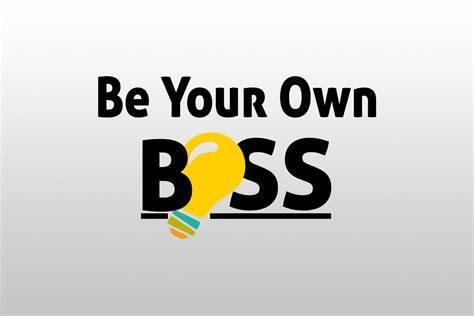- Many people with a side hustle started their ventures to make extra income.
- Creating multiple revenue streams and setting sustainable prices can help generate profits.
- Here’s how two entrepreneurs are earning six figures in revenue from their side hustles.
When Annalisa Abell created an Instagram Live series in early 2020 to highlight founders and career advice, she didn’t know it would lead her to start a new business.
Soon after Abell launched “Financial Flex,” a fan contacted Abell and proposed she join her employer as a virtual administrative assistant. By September 2020, Abell had turned the role into a virtual-assistant business, called Elevated Assist, to run on the side while she worked full time.
“I wake up early and work late hours, but it’s a temporary sacrifice for a long-term gain,” Abell said.
Abell has booked six figures in lifetime revenue from Elevated Assist, which Insider verified with documentation. She’s part of a growing number of Americans who’ve adopted side hustles during the pandemic. An online survey of about 2,000 adults conducted by the work-automation platform Zapier in 2020 found that about one in three Americans had a side hustle.
The lending firm Clarify Capital said that in an online survey of about 500 entrepreneurs, 72% said they started their business to make additional income. Nishank Khanna, a product and growth specialist at Clarify Capital, said it’s crucial that founders know how to make money through their businesses.
Three founders, two of whom have booked six figures in revenue, shared how they created businesses with multiple revenue streams and set sustainable prices.
Launch a business with low startup costs
Shaunna Davis, the founder of Jétom, a handbag company, says that after entrepreneurs decide to start a side hustle, they should consult industry research to find the most cost-effective methods of production and selling.
“I didn’t invest a lot of money into starting up, which a lot of people get scared about,” Davis said. She netted $14,000 in sales in Jétom’s first four months in business, which Insider verified with documentation.
Davis said that to grow her business without investing more than she could afford, she communicated with manufacturers to weigh her options, watched YouTube videos on quality control, sought advice from peers in the financial sector, and relied on market and industry research to determine a financing and production plan.
Davis said she would purchase only one sample from a vendor to test it herself. If the item was up to her standards, she would purchase an entire order to put on her site.
Set prices based on your worth
Davis and Abell both said market research is an important tool for setting prices. Abell said that studying competitors’ rates was a valuable resource when she was developing a business model and pricing.
Abell’s Elevated Assist services started at $1,000 a month for each client. After becoming more involved and experienced in the industry, Abell increased her cost and expanded her services to include courses and a financial-support membership program. She said that creating a more flexible financial plan for her clients allowed her to take on more projects and ultimately earn more money.
While Davis has not increased prices for her products, she said she plans to scale her business in different ways. Currently, Davis buys predesigned handbags for her collections, but in the future she hopes to design Jétom products herself.
Tyra Johnson Brown, the founder of the virtual-assistant company The Posh Organization, said that having multiple income streams can be one of the best methods for expanding a business.
She said she earns money from service charges for her personal-virtual-assistant work along with sales from her e-book, weekly planner, and other merchandise.
“When coming up with these other streams of income, they all had to feel aligned with the services I’m offering in my business — they’re not a complete departure,” she said. She added that entrepreneurs shouldn’t take the focus away from their original business when launching additional products or services.
Brown booked six figures in revenue last year, with an average of $10,000 a month, according to documents verified by Insider.





